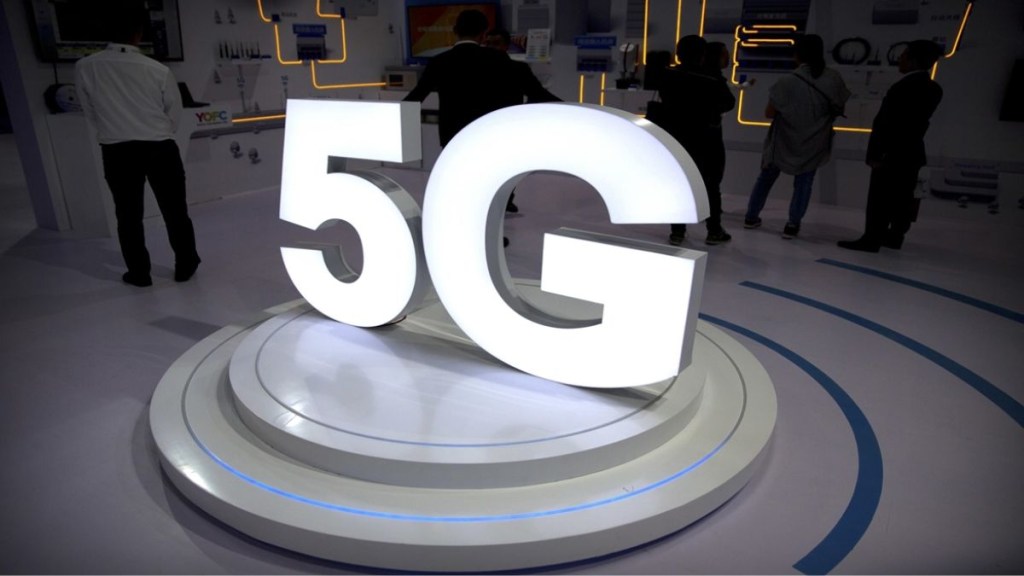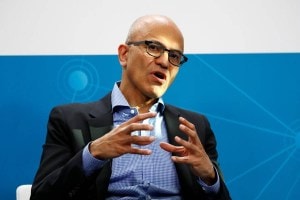Reliance Jio, India’s largest telecom operator has beaten competitor Bharti Airtel on 5G download speeds, according to data by network intelligence firm Ookla.
According to experts, the reasons for Jio’s faster 5G speeds include a limited number of users on its network logged in to a base station at the same time, higher fiberisation of its towers, and deployment of 5G on standalone architecture, which is not dependent on 4G.
In January, Jio achieved median 5G download speeds above 400 Mbps across 10 telecom circles, whereas its peer Airtel achieved median 5G download speed of up to 268.89 Mbps, according to Speedtest Intelligence data by Ookla. The maximum download speeds on a Jio 5G network was 1.8 Gbps, whereas for Airtel it was 1.6 Gbps.
“There is another factor at play that can explain the difference in performance between the operators – the type of backhaul network they are using. Indian operators heavily rely on terrestrial wireless backhaul solutions. While fiber penetration in backhaul networks is increasing, according to the DoT, only a third of mobile towers are connected with fiber – versus the National Broadband Mission’s goal of 70% being connected by 2024,” Ookla said in its report.
In order to provide high-speeds in 5G and handle the load, telecom operators would require a backhaul of the network that carries the signal between the core site/network and the broadband sites. Since fiberisation of towers provides a good signal and connectivity, Jio gets an edge over Airtel as most of its new towers are fiberised, whereas Airtel is dependent heavily on a wireless backhaul using E-band spectrum, experts said.
While Jio has not declared its 5G subscribers on the network, Airtel said it has 10 million 5G subscribers. Both the operators are also using different architectures for deploying 5G. Currently, Airtel is deploying 5G on NSA (non-standalone) mode, that is 5G technology being deployed on top of 4G network which means that the devices use existing 4G network for functions such as initiating calls and setting up initial connections, while 5G technology is used for faster data transfers. A non-standalone mode is cost-effective.
In case of the standalone mode, which Jio is using, the 5G network deployed is independent of the 4G network.
Owing to 5G, the median download speeds across India increased by 115% to 29.85 Mbps in January from a 13.87 Mbps median download speed in September last year, Ookla said, adding that India’s rank on the Speedtest Global Index improved by 49 places to 69th in January from 118th in September last year. “This puts India ahead of some of the G20 countries, such as Mexico, Russia, and Argentina, and its neighbours: Indonesia, Bangladesh, Sri Lanka, and Pakistan. India is also catching up with the likes of Turkey (a 30.98 Mbps median download speed/65th place on the Speedtest Global Index), South Africa (34.71 Mbps/58th place), and Brazil (35.85 Mbps/57th place),” Ookla said.
Interestingly, due to increased penetration of smartphones and improved network spending, the median 5G download speeds at 338.12 Mbps is over 25 times higher than the 4G speed at 13.3 Mbps. According to the data, the proportion of users with 5G-capable devices that use 5G network also increased 55 times between September 2022 and January and reached 5.5%.
“We see improvements in LTE speeds (both for Airtel & Jio) in multiple cities as they are offloading 4G traffic onto their 5G network, therefore reducing 4G network congestion. This has to be caveated by the fact that these are still early days for 5G in India, and 5G performance will most likely decrease once those networks are commercially available,” Ookla said.
In line with the pace at which 5G is being rolled out in the country, communications minister Ashwini Vaishnaw on Tuesday said there will be 100% coverage of 5G in the country by December 2024.
According to the government, Jio and Airtel have launched 5G in 387 districts, with the deployment of 100,000 base transceiver stations (BTS).
BTS is an equipment that facilitates communication between the telecom network and consumer devices.
The reason for a faster pace of 5G coverage can be attributed to competition between the two telecom players for the market share, increased consumption of data with evolved technology use-cases, and the easier right-of-way related permissions to lay telecom infrastructure.







